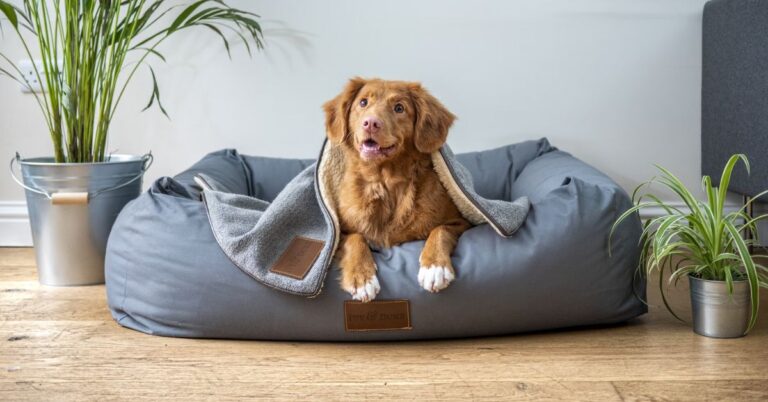10 Training Commands To Improve Your Dog’s Behavior
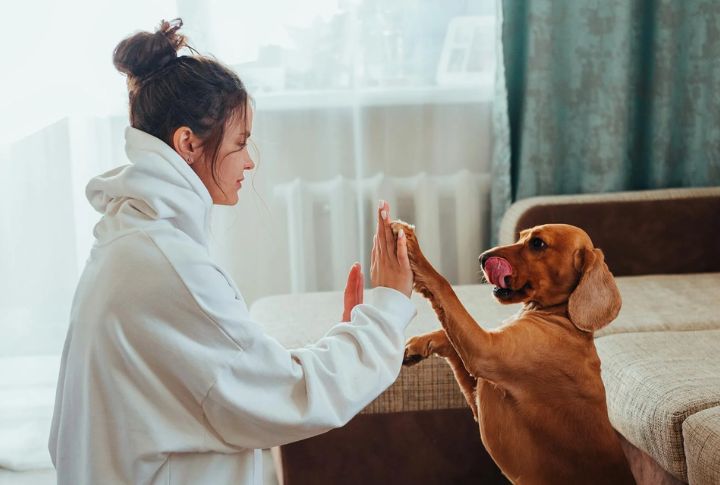
Without training, daily tasks like feeding and walking can feel chaotic. Dogs need to understand what’s expected. Early lessons reduce future issues and make life smoother for everyone. Let’s walk through the basic commands every dog should learn from day one.
Sit

Dogs act out when they don’t have direction, and “sit” introduces control fast. Simple to teach and works in noisy or crowded places. Try it during greetings or before feeding. When used often, this command keeps situations calm and focused.
Stay
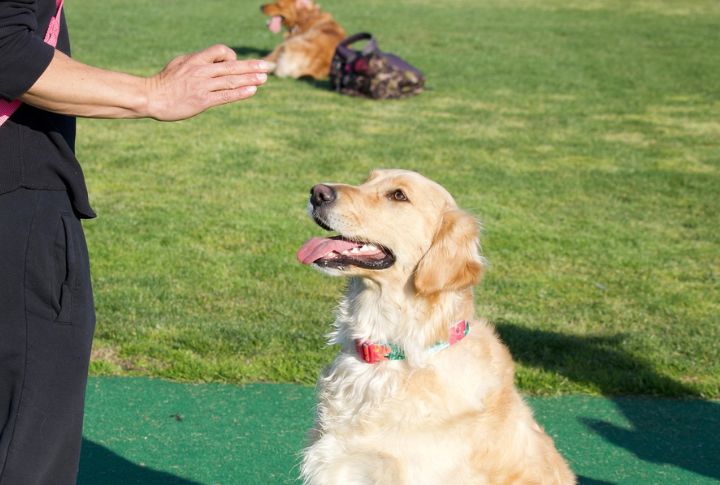
“Stay” keeps dogs from wandering into trouble. Whether you’re opening a door or unloading groceries, it helps maintain order. Ask your pup to stay for a few seconds, then build from there. Reinforce it in different rooms to keep your dog from acting on impulse.
Come
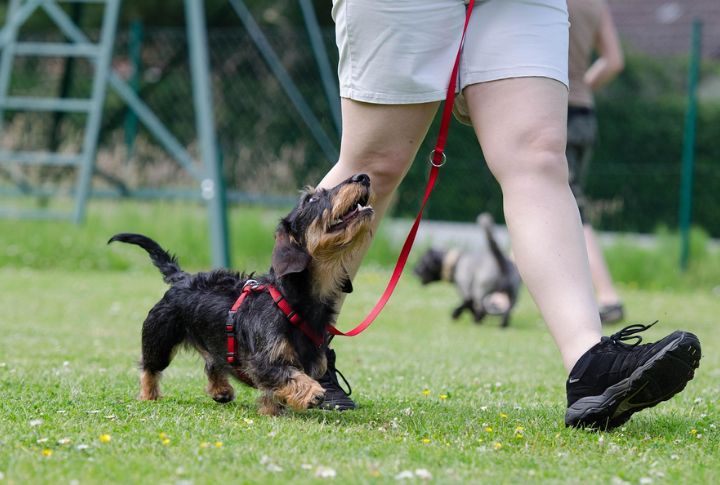
If your dog doesn’t come when called, then placing it off-leash is unsafe. Remedy this by training indoors with short distances. Use a firm voice and reward immediately. Gradually move to an outdoor area to test the strength of your recall.
Down

“Down” helps dogs settle during overstimulating moments. It’s also useful when guests arrive or while waiting in public. However, unlike “sit,” it’s harder for dogs to spring up quickly. So, practice often and keep sessions short. With this command, your dog learns how to stay calm without your constant input.
Leave It
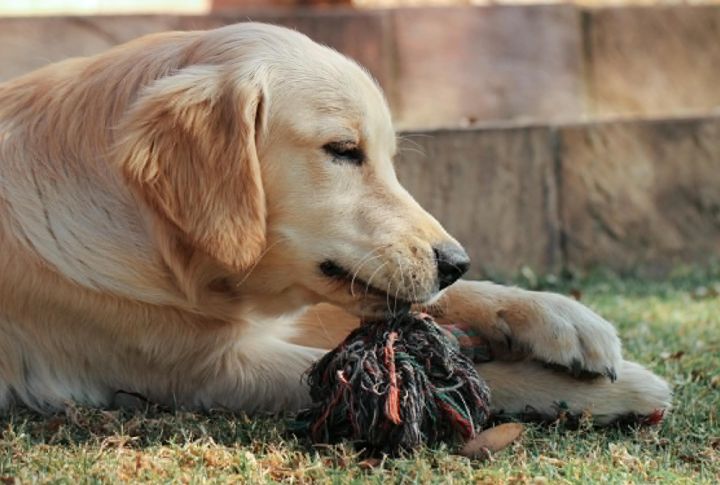
Avoiding sidewalk trash or dropped meds? “Leave it” teaches dogs to ignore things they shouldn’t grab. Start with simple setups indoors. Progress to real-world situations like dropped food or discarded wrappers. Use clear timing and a strong voice to prevent issues before they escalate.
Wait

Different from “stay,” this one is great for doorways, crosswalks, or feeding time. “Wait” tells dogs to pause but stay alert. It also prevents bolting and builds discipline. Combine it with hand signals for better results, especially during unpredictable moments.
Drop It
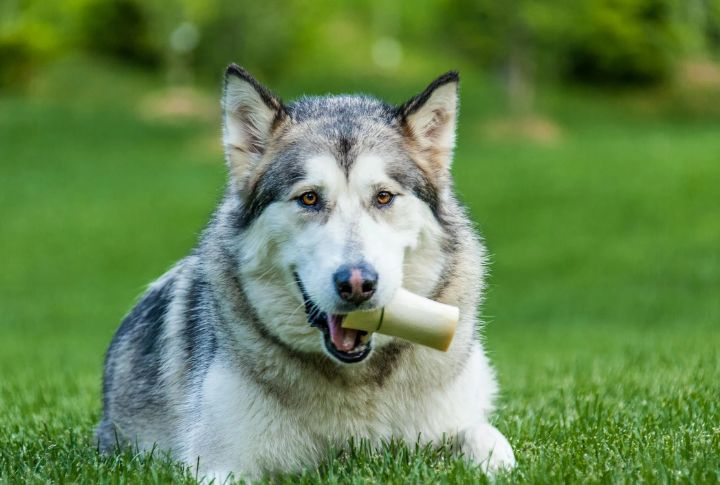
Pups grab everything in sight, even sharp objects. “Drop it” teaches them to release instantly. Offer a trade instead of chasing, and never pull items from their mouth. Teach it early to avoid tug-of-war situations and vet visits.
Off
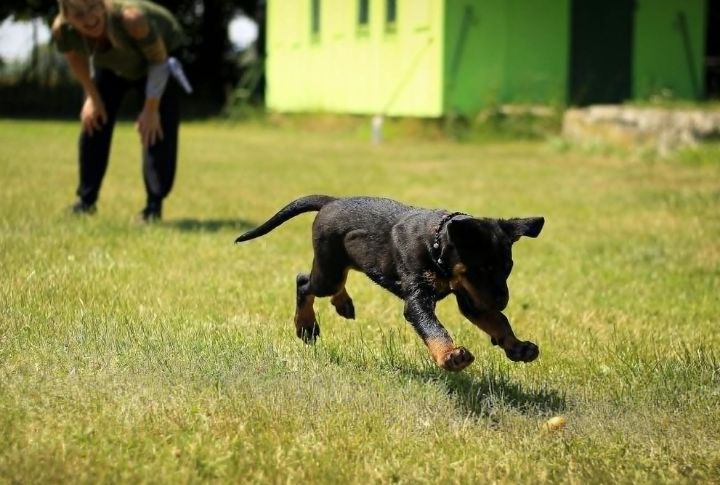
“Off” commands dogs not to jump on people or furniture. It’s a clear boundary setter. Unlike “down,” which is a position, “off” is a redirection. Use it when paws leave the floor. Stay consistent, and don’t reward the jumping. This command cuts unwanted contact in crowded spaces.
Heel
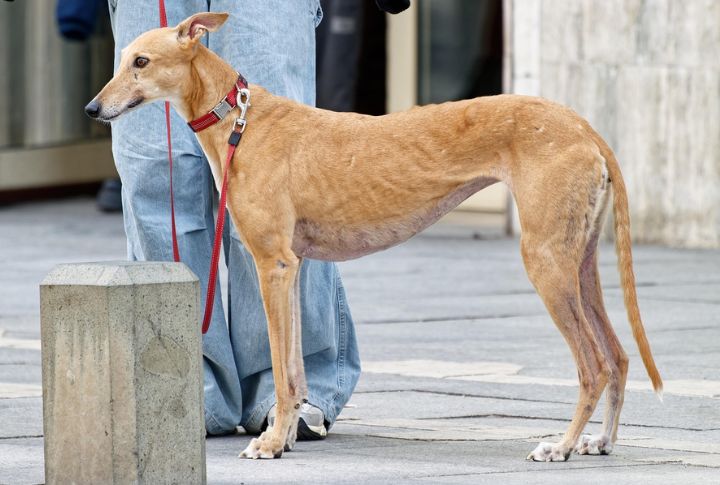
Ideally, you’d want to keep your pet by your side, not five feet ahead. Teach the “heel” command to turn chaotic walks into something way more relaxed. Start with short walks and cut out distractions, while giving rewards frequently at first. Over time, it becomes second nature.
Place

Teaching a dog to go to a “place” helps with calm behavior at home. It also gives a spot to stay when guests arrive or the doorbell rings. Use a mat or bed and reinforce it regularly. Although a little complicated to teach, this command creates space, limits anxiety, and gives your dog direction.


